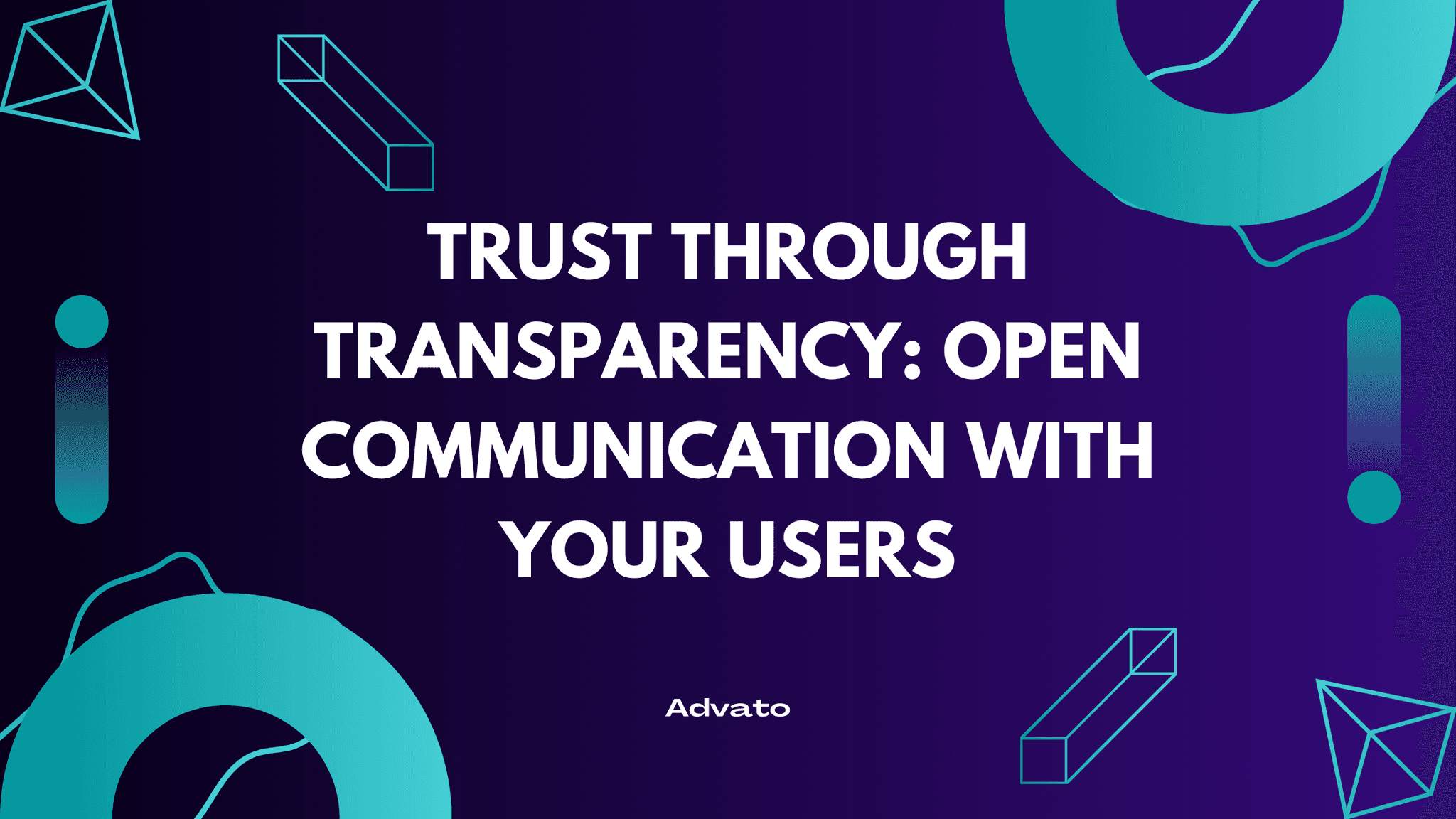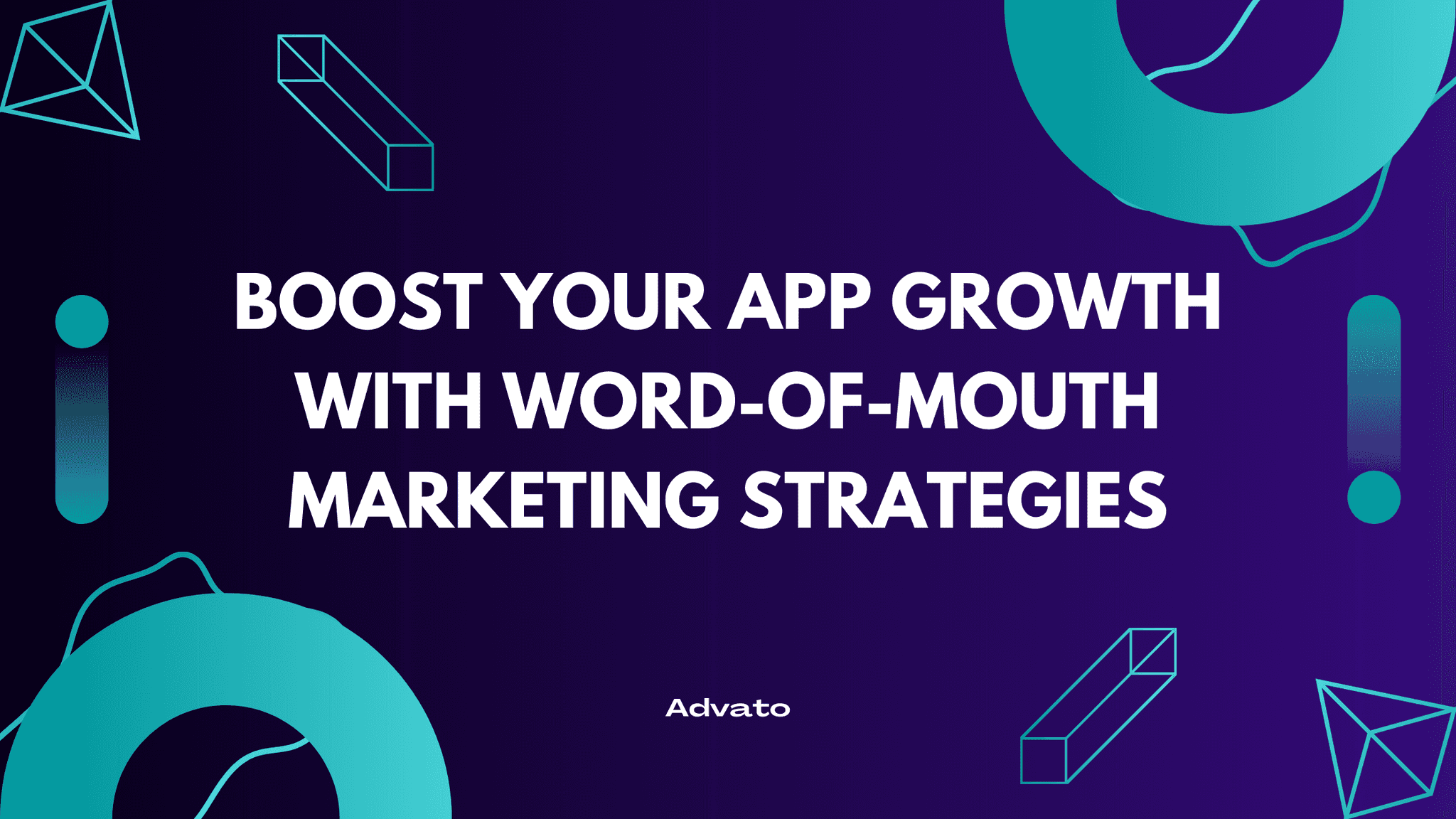Oct 28, 2024
Launching a new mobile app feels like tossing a message in a bottle into an ocean of competition. There’s millions of apps, and user acquisition is a big challenge. While there is a lot of competition, the right strategies can help your app stand out and attract a loyal user base.
Effective user acquisition is the lifeblood of app growth. Did you know that the average app loses 77% of its daily active users within the first three days after install? Ouch! But don't let that statistic dampen your spirits. This blog post will explore proven user acquisition tactics to help your new mobile app thrive in a saturated market. From App Store Optimization to leveraging referral marketing, we've got you covered on the journey to significant app growth.
1. Understanding Mobile App User Acquisition
Definition:
User acquisition for apps involves strategies and actions designed to attract new users to download and engage with your mobile app. It's not just about numbers; it's about bringing in users who find real value in what your app offers.
Why It Matters:
Effective user acquisition directly impacts your app's success. Without users, even the most innovative app remains undiscovered. Acquiring the right users boosts engagement, increases revenue potential, and enhances your app's visibility in app store rankings.
Setting Goals:
Before diving into tactics, set clear user acquisition goals aligned with your business objectives. Whether it's reaching a certain number of downloads, achieving high user engagement, or generating revenue, clear goals will guide your strategy and measure success.
2. App Store Optimization (ASO)
What is ASO:
App Store Optimization is the process of enhancing your app's visibility within app stores and improving conversion rates from views to downloads. Think of it as SEO for the app world.
Key Elements of ASO:
Keyword Optimization:
Use relevant keywords in your app's title, subtitle, and description. This improves your app's searchability. There are several tools that can help you find relevant keywords.
High-Quality Visuals:
First impressions matter. Use eye-catching screenshots and engaging videos to showcase your app's features. High-quality visuals can significantly increase download rates.
App Reviews and Ratings:
Positive reviews and high ratings boost your app's credibility. Encourage satisfied users to leave reviews by prompting them at optimal times during app use.
Best Practices:
Regularly update your app to improve performance and add features.
Monitor competitor apps to stay ahead in ASO strategies.
Localize your app listing to reach a global audience.
3. Leveraging Referral Marketing
What is Referral Marketing:
Referral marketing leverages your existing users to attract new ones by encouraging them to share your app with friends and family. It's like word-of-mouth marketing on steroids.
Referral marketing can lead to exponential growth. Users referred by friends are more likely to be engaged and loyal due to the trust factor.
Implementing a Referral Program:
Incentive Structures:
Offer rewards to both the referrer and the new user. Incentives could be discounts, premium features, or virtual currency within the app.
Integration Tips:
Seamlessly integrate referral mechanisms into your app. Make it easy for users to share with just a few taps. This is where Advato comes into play. Advato simplifies the implementation of referral programs, making it effortless to set up and manage. It's the easiest way to grow referrals in mobile apps, helping you acquire users at a lower cost and bringing in higher-quality users.
Tracking and Analytics:
Use analytics to track the effectiveness of your referral program. Understand which incentives work best and how users interact with referral prompts.
4. Social Media Marketing Strategies
Platform Selection:
Identify where your target audience spends time. Is it Instagram, TikTok, or LinkedIn? Focus your efforts on platforms that align with your audience demographics.
Content Creation:
Create engaging content that resonates with your audience. This could include how-to videos, behind-the-scenes looks, or user testimonials.
Paid Advertising:
Utilize social media ads to target specific user segments. Platforms like Facebook and Instagram offer detailed targeting options to reach potential users interested in your app's niche.
Engagement Tactics:
Host contests, polls, or Q&A sessions to boost engagement. Encourage users to share content or tag friends to increase visibility.
5. Influencer Partnerships
Finding the Right Influencers:
Choose influencers whose audience aligns with your app's target users. Micro-influencers often have higher engagement rates and can be more cost-effective.
Collaboration Strategies:
Partner with influencers for sponsored posts, app reviews, or social media takeovers. Authentic endorsements can significantly boost credibility.
Measuring Impact:
Use unique promo codes or tracking links to measure the success of influencer campaigns. Analyze the data to refine future collaborations.
6. Content Marketing and SEO
Creating Valuable Content:
Develop blogs, videos, and tutorials that provide value to your audience. For example, if your app is a language learning tool, create content on language tips or cultural insights.
7. Paid User Acquisition Channels
Overview of Paid Channels:
Explore platforms like Google Ads, Facebook Ads, and mobile ad networks. Each offers different advantages depending on your target audience.
Cost-Benefit Analysis:
Calculate the return on investment (ROI) for paid campaigns. Focus on channels that deliver high-quality users at a reasonable cost.
Targeting and Segmentation:
Use demographic, geographic, and behavioral targeting to reach the most relevant users. This increases the efficiency of your ad spend.
8. Public Relations and Media Coverage
Crafting a Press Release:
Write a compelling press release highlighting your app's unique features and benefits. Include quotes from founders or satisfied users.
Media Outreach:
Build relationships with journalists and bloggers in your industry. Personalized pitches are more likely to get noticed.
Leveraging Reviews:
Encourage tech reviewers and bloggers to feature your app. Positive reviews can significantly boost downloads and credibility.
9. Email Marketing
Building an Email List:
Collect emails through your website or app sign-ups. Offer incentives like exclusive content or early access to new features.
Engaging Content:
Send newsletters, updates, and personalized offers to keep subscribers engaged and informed about your app.
Automation Tools:
Use email marketing platforms to automate campaigns and analyze performance metrics.
10. Community Engagement and Networking
Online Communities:
Participate in forums and groups related to your app's niche. Platforms like Reddit and Quora are great places to start.
Feedback Loops:
Encourage users to provide feedback and suggestions. This not only improves your app but also builds a loyal community.
Networking Events:
Attend industry conferences, webinars, and meetups to connect with potential users and partners.
11. A/B Testing and Data Analysis
Importance of Testing:
A/B testing helps you understand what works best in your app or marketing strategies. Test different versions of app features, ad copies, or landing pages.
Metrics to Monitor:
Keep an eye on conversion rates, user engagement, and retention statistics. Data-driven decisions lead to continuous improvement.
Iterative Improvements:
Use insights from data analysis to refine your strategies. Even small tweaks can lead to significant growth over time.
Conclusion
From App Store Optimization and referral marketing to influencer partnerships and A/B testing, we've covered a comprehensive list of user acquisition strategies.
Combining multiple tactics enhances your chances of success. Tailor these strategies to fit your app's unique needs and audience.
Set clear goals, implement the tactics that align with those goals, and don't forget to leverage Advato to streamline referral marketing.
User acquisition for apps is an ongoing journey. Stay adaptable, keep experimenting, and be patient. With persistence and the right strategies, your app can rise above the competition.


